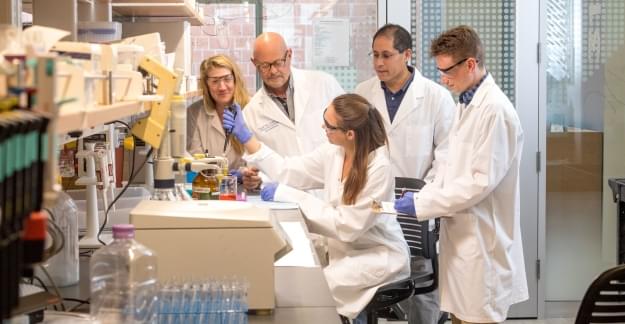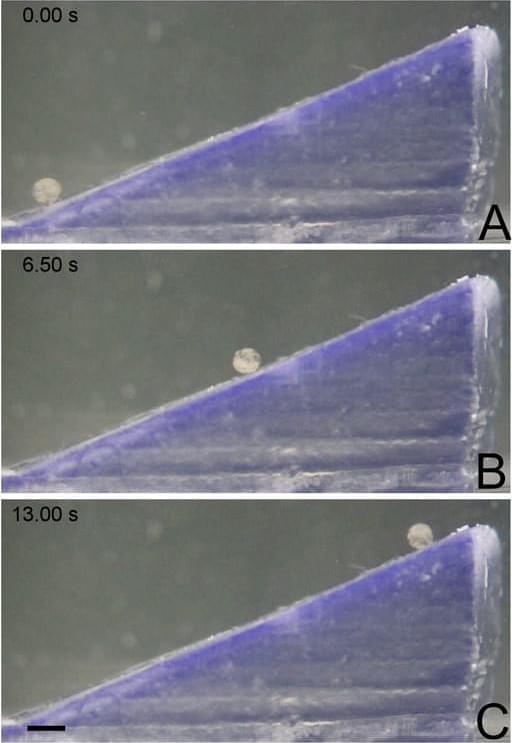Sep 5, 2021
Sugar feeding may inhibit mosquito ability to get infected, transmit arboviruses
Posted by Jason Blain in category: biotech/medical
Sugar feeding prior to having an infected blood meal could protect a mosquito’s ability to get infected and transmit arboviruses such as Zika, dengue and chikungunya, according to a new study.
The research – led by the MRC-University of Glasgow Centre for Virus Research and published in PLOS Pathogens – showed that the Aedes aegypti species of mosquito, an arbovirus vector, had enhanced immunity in the gut after feeding on sugar, which in turn protected females of the species against viral infection.

















